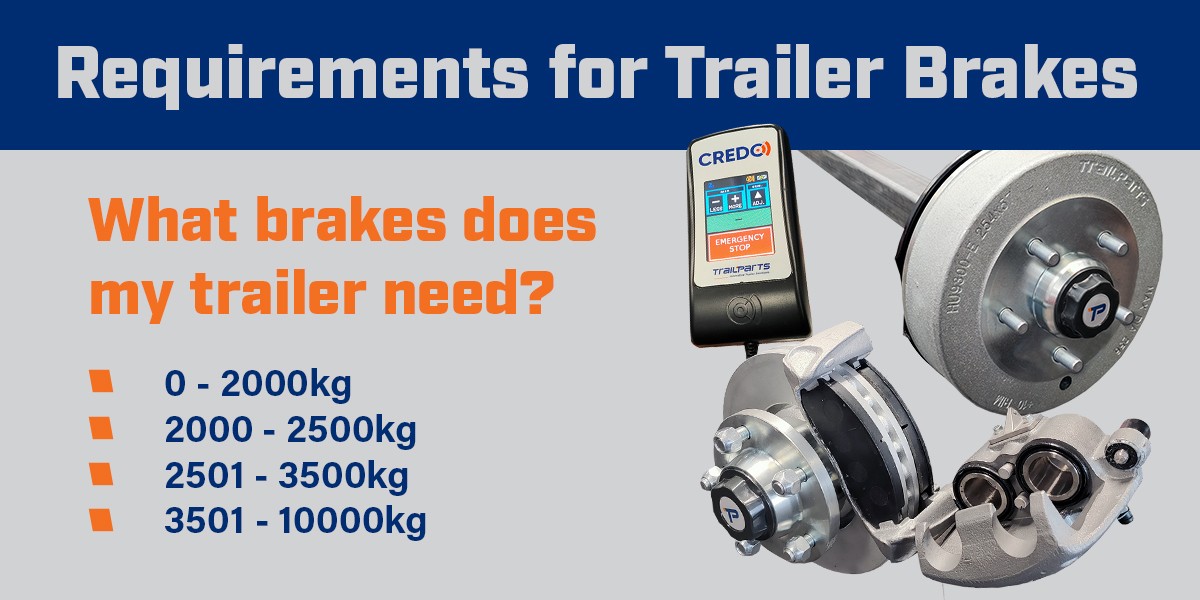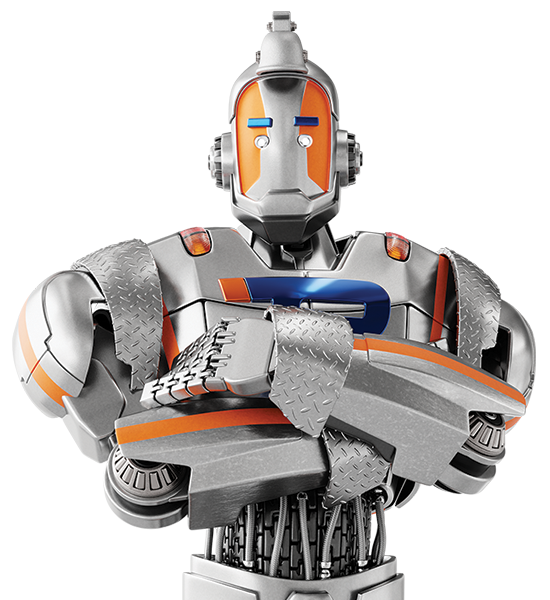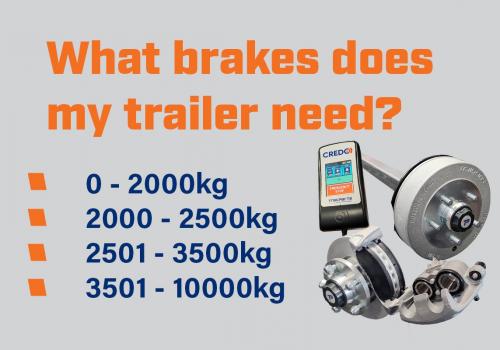
Basic Requirements for Trailer Brakes NZ |
Download PDF |
| Type of brake | Gross laden weight of trailer of 2000 kg or less | Gross laden weight of trailer of more than 2000 kg but less than 2500 kg | Gross laden weight of trailer 2500 kg and up to 3500 kg |
|---|---|---|---|
| Service brake | Not required, but if fitted see Performance requirements for brakes on 0 – 2000kg trailers below | Required: May be either direct or indirect (see definitions on Trailer brakes) | Required: Must be direct (see definitions on Trailer brakes) or an indirect system (Hygo or MECHbrake) with ECER13 compliance |
| Parking brake | Not required | Not required | Required |
| Breakaway brake | Not required | Not required | Required: Unless fitted with appropriate coupling and twin crossed safety chains. |
| Safety chains* | Required: Unless fitted with a breakaway brake. The safety chain must be of sufficient strength to hold the trailer secure under all conditions of road use. |
Required: Unless fitted with a breakaway brake. Twin crossed safety chains fitted with sufficient strength to hold the trailer secure under all conditions of road use. |
Required: Unless fitted with a breakaway brake. Twin crossed safety chains fitted with sufficient strength to hold the trailer secure under all conditions of road use |
* The safety chains must meet the applicable warrant of fitness requirements.
0 – 2000 kg
There is no legal requirement for trailer brakes. If brakes are fitted they must be serviceable. The vehicle/trailer combination must be capable of stopping within 7 m from 30 km/h without damage to the structure of the tow vehicle or the trailer. The towing capacity of the vehicle being used to pull a trailer should be considered when decisions whether to fit brakes to a trailer are being made.
2000 – 2500 kg
Trailers must be fitted with a service brake on at least one axle. Indirect (override) or direct (cab-controlled) type brakes can be fitted (Credo Wireless Brake Controller). The tow coupling must have a rating at least commensurate with the laden trailer and have either;
➊ twin crossed safety chains, or
➋ an electric breakaway brake system.
The vehicle/trailer combination must be capable of stopping within 7 m from 30 km/h.
2501 – 3500 kg
Trailers must be fitted with service brakes and an independent parking brake on at least one axle (capable of holding the vehicle at rest on a slope of 1 in 5). The vehicle/trailer combination must be capable of stopping within 7 m from 30 km/h. This will usually mean that 2 axles will need to be braked. Direct (cab-controlled) brake system (Credo) is required for trailers over 2500kg OR an indirect brake system (Hygo3 or MECHbrake) that complies with ECER13 can be fitted. The tow coupling must have a rating at least commensurate with the laden trailer and have either; a) twin crossed safety chains, or b) an electric breakaway brake system.
3501 - 10000kg
These trailers are subject to heavy transport regulations and COF testing, and are called TC class trailers. Inertia based controllers are not allowed on these trailers, and direct service brakes must be fitted to each axle, with a handbrake on at least half the number of axles. A braking efficiency of 50% must be achieved, and the same stopping and handbrake performance as detailed for trailers over 2501kg above.
Trailer Brake Types
Service Brakes
A) Direct – this service brake system allows the driver of the towing vehicle to directly control the trailer brakes from the driving position. This includes vacuum-operated brakes and pneumatic over hydraulic systems, controlled directly by the driver of the towing vehicle.
B) Indirect – with this service brake system the action of the driver applying the towing vehicle’s brakes causes the trailer to push against the towing vehicle and this force indirectly controls the trailer brakes. This includes override brakes.
Breakaway Brakes
Breakaway brakes will apply themselves automatically if the trailer is accidentally disconnected from the vehicle.
Parking Brake
Parking brakes are applied by hand and are useful for holding the trailer when it has been disconnected from the towing vehicle.
Trailer Brake Options
Disc Brakes
Disc brakes are a rugged, low maintenance braking option and are suitable for all braking applications. They are the only brake that can safely be submerged in water. They are the most efficient trailer brakes, and when higher performance options such as Trailparts™ Patriot versions are specified, assist significantly in reducing stopping distances.
Drum Brakes – Hydraulic
Hydraulic drum brakes are an economical and effective braking option. They are not as efficient as disc type brakes, but suited for use on a wide range of domestic trailers, caravans and horse floats, with their smooth, damped braking action making them ideal for livestock and fragile loads.
Drum Brakes – Electric
Electric drum brakes are an effective and efficient braking option. They are able to be used in both direct and indirect brake systems and are easily mated to a breakaway brake system. Also incorporated is an independent, mechanical parking brake function, required on trailers over 2500kg.
Trailer Braking Systems
Indirect Systems
Indirect service brakes are those that operate without input directly from the driver of the tow vehicle. They are usually inertia-activated systems and this is the most commonly used system under 2500 kg. Systems that comply with ECER13 up to 3500kg are an indirect system also. Trailparts have two indirect systems that comply up to 3500kg; Hygo3 is a hydraulic override system and the MECHbrake full mechanical braking system.
Direct Systems
Direct service brakes are those that operate as a direct result of braking input from the driver of the tow vehicle. They are load-adjustable and incorporate an emergency override function which operates the trailer brakes independently of the tow vehicle from the driver’s seat. See our Credo Wireless Brake Controller for a direct braking system with no in-cab wiring
Override Systems - Indirect
Override brakes are indirect systems, inertia-activated and operated by the weight of the towed trailer. A coil spring in the tow coupling is compressed, applying the brakes proportionate to the degree of spring compression. Available as mechanical disc, hydraulic disc and hydraulic drum type brakes.
Advantages
- Easily towable by multiple vehicles.
- Inexpensive and reliable.
- Low maintenance.
Disadvantages
- Braking not operable in reverse.
- Reversing not possible without first deactivating this system at the tow coupling or alternatively fitting an Autoback reversing solenoid.
Note: If the system complies to ECER13 auto-reversing is possible.
Electric Systems - Indirect
Used with electric drum brakes. A trailer-mounted brake controller is preset to match the load carried on the trailer. Braking is triggered by the vehicle’s brake lights being activated, and delivered proportionate to the load setting registered on the controller.
Advantages
- Easily towable by multiple vehicles.
- Includes mechanical parking brake.
Disadvantages
- Braking not as progressive as direct electric brake systems.
- Higher maintenance drum brakes are used.
Electric Systems - Direct
Used with electric drum brakes, this is the most economical to fit of all the direct braking systems. They are regulated by in-cab brake controllers with an emergency brake override function and adjustable load settings to accurately match braking output with the weight of the load carried. This system is also easily mated to an emergency breakaway brake system required by law when exceeding 2500 kg MTM (Maximum Towed Mass). When the Trailparts /resource/credo-wireless-controller/ controller is specified, the controller is easily switched between multiple tow vehicles.
Advantages
- Accurate, proportional brake control.
- Includes inbuilt mechanical parking brake.
- Easily connected to breakaway system.
Disadvantages
- Higher maintenance drum brakes are used.
Electric/Hydraulic Systems - Direct
This system combines the performance advantages of direct electric brake systems but allows the ruggedness & efficiency of hydraulic disc brakes,and in turn, a direct, high-performance brake system that can be submerged in water. Braking input from the tow vehicle is measured by a brake controller containing an accelerometer, with the resulting output transferred into proportional, smooth trailer braking. When the Trailparts Credo control system is specified, the in-cab portion is easily transferable to other tow vehicles, giving the ultimate performance/flexibility combination available in NZ.
Advantages
- Allows use of hydraulic disc brakes over 2500kg.
- Fast braking response time.
- Accurate, smooth, proportional control.
- Braking provided in reverse.
- Simple wiring requirements.
Disadvantages
- Requires addition of mechanical parking brake over 2500kg.





